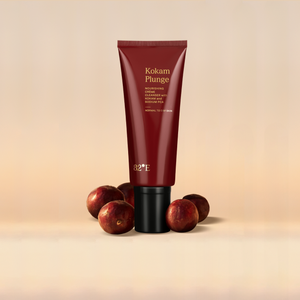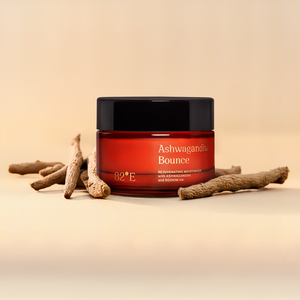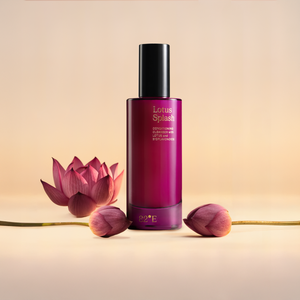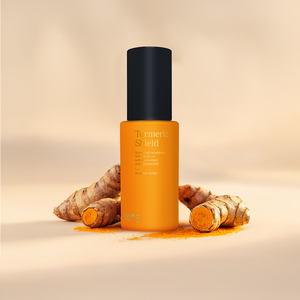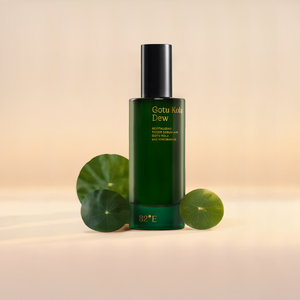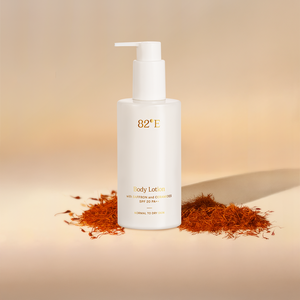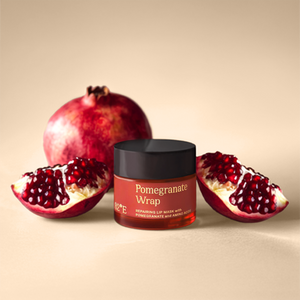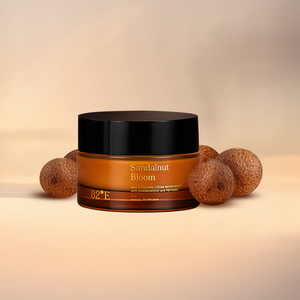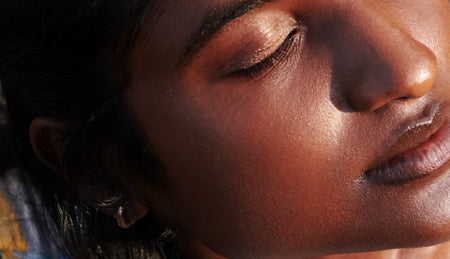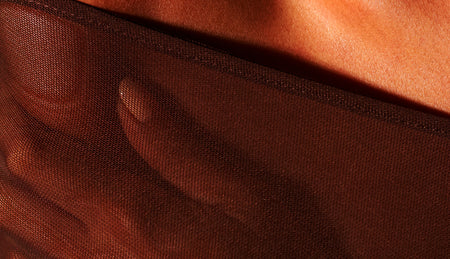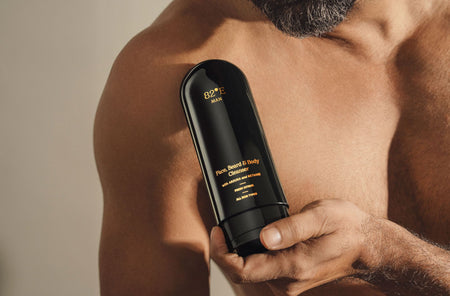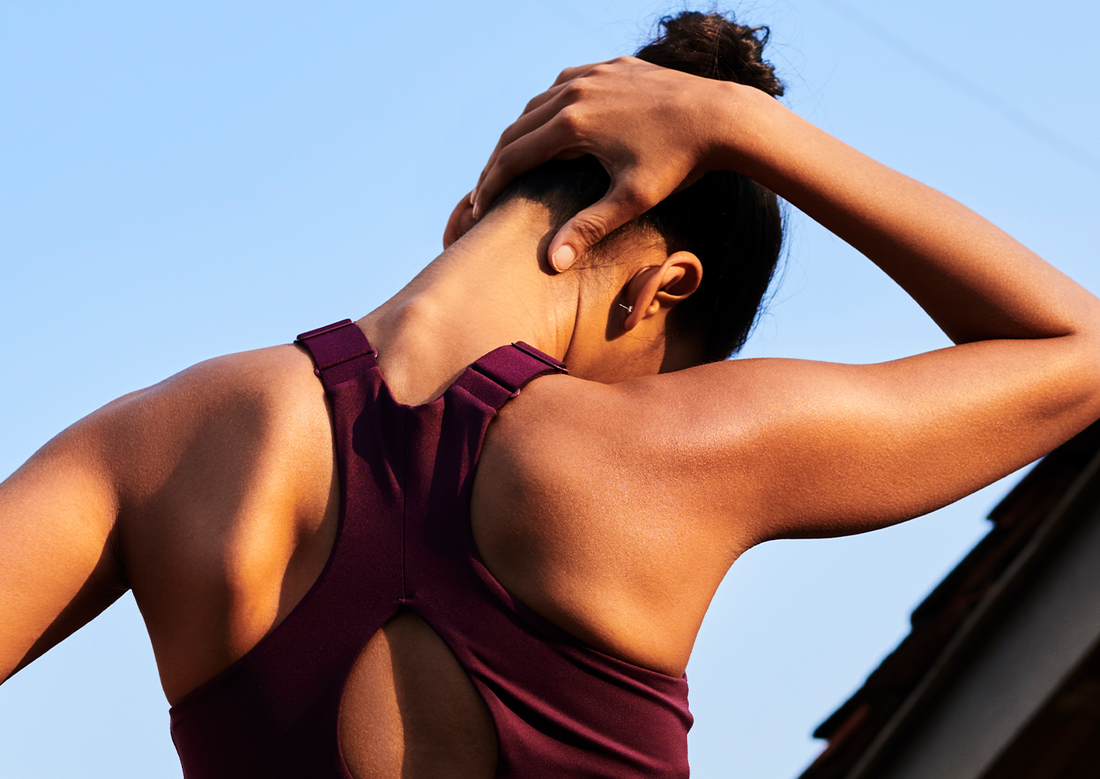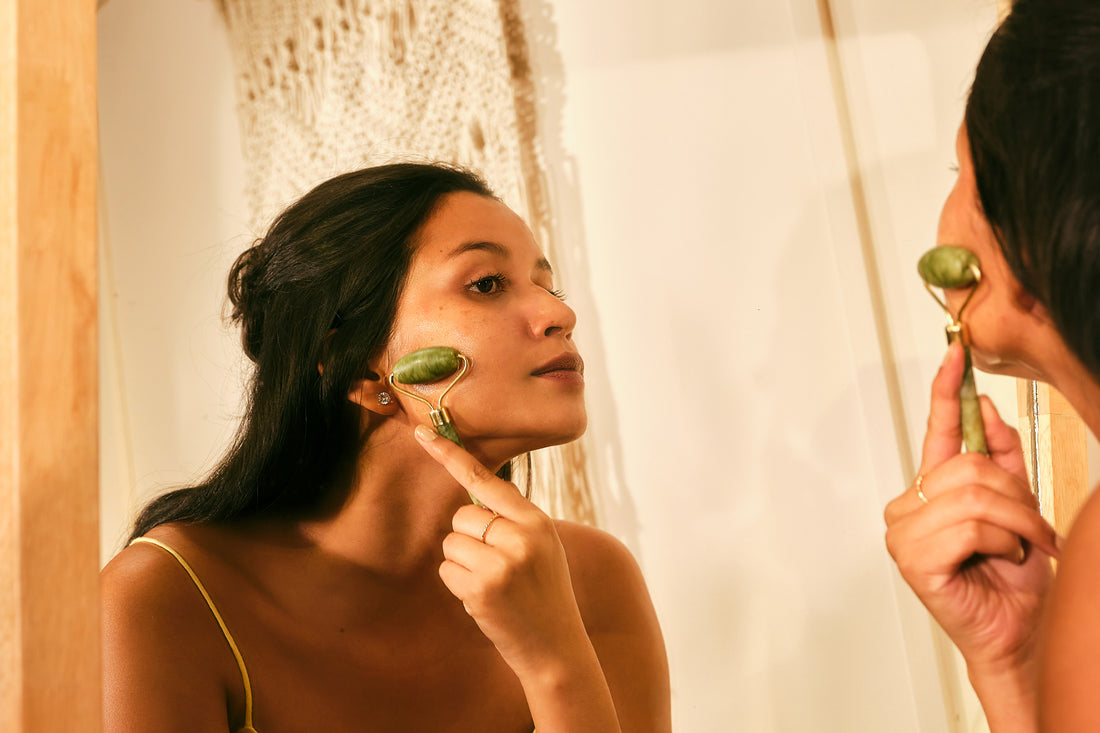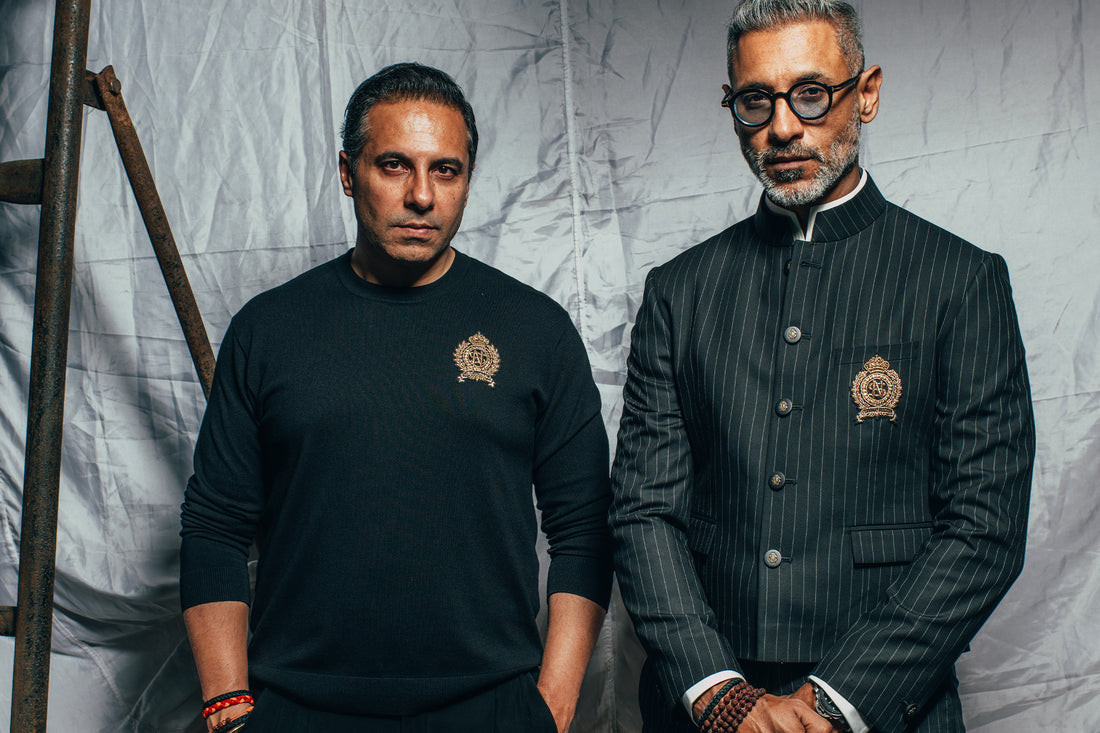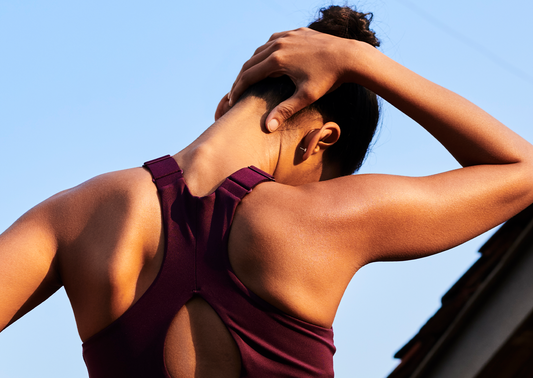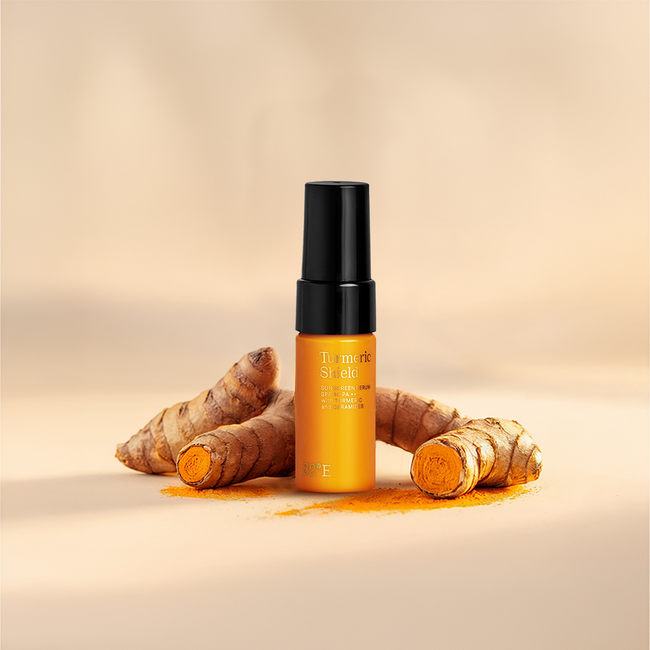
Protecting our skin from damage caused by exposure to the sun is at the forefront of most people’s current approach to beauty and skincare, which is why SPF is now an integral part of many skincare formulations as well as makeup products. Sunscreen agents have been studied to protect the skin from the effects of the sun’s UV(ultraviolet) radiation.[1] But what exactly is SPF? What does it do? And how much do you need? We unpack the science behind it and answer your most pressing questions.
SPF: What Is It?
You are definitely familiar with the term Sun Protection Factor, colloquially known as SPF—it is on all product labels accompanied by a number. [2]SPF is the measure of sunscreen’s protection ability from UVB rays. UVB (shortwave ultraviolet B) radiation is the primary cause of sunburn.
The SPF level is the numeric value followed by SPF15, SPF30, or SPF50, etc mentioned on the sunscreen label. The higher the SPF value, the greater sun protection the sunscreen provides. It is a scientific value that centres on the time UVB rays take to cause skin reddening after sunscreen application.
To explain simply:
“SPF = sunburn radiation dose with sunscreen/sunburn radiation dose without sunscreen*”
*2 mg (milligrams) sunscreen application per square cm (centimetre) of skin tested under standard conditions is the base of this calculation.
The SPF number indicates the measure of UVB rays protection a sunscreen will provide. With sunscreen application, if it will take 15 times longer for the skin to redden than without sunscreen application, then the SPF value is 15.
Another way to understand SPF value is if it takes (under specific UV conditions) 10 minutes for skin to redden, an SPF15 sunscreen application would prevent it for 150 minutes or 15 times longer.
SPF also is the ability of the sunscreen to block UV rays. To break the protecting ability into numeric values, an SPF15 sunscreen will block around 93% of UVB rays from the sun, while an SPF30 will block around 97%. The highest UVB rays blockage is around 98%, followed by SPF50 sunscreen. No sunscreen provides 100% UVB rays blockage.
How Does SPF Work?
Sunscreen forms a protective barrier on the skin's surface. The sunscreen agents in the product shield the skin from UV radiation. SPF’s active ingredients form a bond preventing or reducing the UV rays’ penetration into the skin’s deeper layers. This minimises potential UV radiation risks to the skin, such as tanning, sunburn, and long-term harm like photoaging.
Depending on the composition of the sunscreen, UV rays are either absorbed or reflected by sunscreen agents (chemical and physical).
Chemical or organic sunscreen agents absorb high-intensity UV radiation. After absorption, the UV radiation is converted into low-energy wavelengths, such as heat, and dissipated.
Physical or mineral sunscreen agents, commonly known as mineral sunscreens, such as zinc oxide and titanium oxide, work as physical barriers or shields to UV rays' penetration and reflect or refract them from your skin.
You may wonder which kind of sunscreen is best for you: chemical or physical? The answer is that it depends on your preference. While both offer similar UV protection, chemical sunscreens are designed for seamless absorption and do not leave a white cast on the skin. Physical sunscreens form a protective layer and may leave a white cast. A balance of physical and chemical sunscreens with minimal greasiness and no white cast is preferrable.
Understanding SPF Numbers And The Importance of Broad-spectrum SPF Protection
With an SPF15 application, the skin is protected from sunburn for 15 minutes. Similarly, SPF30 provides 30 times longer protection and SPF50, 50 times. [3] That is why most people, when asked which SPF is best, recommend SPF50, for its long duration of protection. However, this is hypothetical and works under specific conditions. The SPF protection duration varies per sunlight intensity, exposure, humidity and formulation design. Therefore, irrespective of the SPF value, it is recommended to apply sunscreen every 2 to 4 hours for optimal protection.
An important fact to remember is that SPF in sunscreens generally means the level of protection against UVB radiation. Therefore, if UVA (longwave ultraviolet A rays) is not mentioned on the sunscreen label, it only protects from UVB radiation.
But UVA rays have deeper skin penetration power and are known to cause cell damage. Severe skin cell damage increases the risk of premature ageing. That's why a broad-spectrum sunscreen is crucial.
Broad-spectrum sunscreens protect against both UVB and UVA radiation. Broad-spectrum SPF protection is essential for comprehensive skin protection against UVB and UVA rays damage. [4] The PA ratings (+) define the extent of UVA protection. The higher the number of +, the more effective the UVA protection. It is advisable to use a minimum of PA+++ for adequate protection.
SPF: Myths and Misconceptions
No “Sun” means no SPF: The most common misconception is that one requires protection from UV rays “only” when there is visible sun. Therefore, most people don’t apply sunscreen when it’s cloudy or in the monsoon. The fact is sun rays can penetrate the clouds. Anytime your body is exposed to sunlight, it is exposed to UV rays. So, you need SPF protection.
SPF is Only for Your Face: Most people believe sunscreen is “only” necessary for their face. The fact is that whatever body part is exposed to sunlight needs SPF protection. UV rays are harmful to your entire body when exposed. So, when using SPF for the face, use it for other exposed body parts as well.
SPF in Makeup is Enough: Most makeup products are available with SPF. Makeup SPF for the face should be viewed as additional protection. You need to use sunscreen for complete UV protection.
One Application of High SPF is Enough: Many believe that one application of a high SPF sunscreen is sufficient for the whole day. While high SPF sunscreen provides longer protection than a low SPF sunscreen, reapplication is required every 2 to 4 hours for continued effectiveness.
FAQS
1. What does the SPF number mean?
A: The SPF number on the sunscreen label infers the level of protection your sunscreen will provide against UVB radiation.
2. Does a higher SPF mean better protection?
A: A higher SPF value does mean increased protection. However, the difference in protection reduces as the SPF value increases. For a better explanation, an SPF15 sunscreen filters around 93% UV rays, SPF30 around 97%, and SPF50 around 98%.[5] So, the difference in sun protection reduces with high SPF. SPF30 or a higher SPF sunscreen is recommended for optimal sun protection, with reapplication every few hours.
3. Does SPF protect against UVA rays?
A: SPF is principally an indicator of protection level against UVB rays. Though, in sunscreens labelled “broad spectrum” or “PA+++”, SPF also means protection against UVA rays.[6] UVA rays have higher penetration powers than UVB rays. So, they can enter deep into the skin’s layers to cause premature ageing.
4. Can a sunscreen with a high SPF provide all-day protection?
A: Irrespective of the SPF value, no sunscreen can give all-day protection with one application. To maintain the effectiveness of your sunscreen, you need to reapply it. The frequency of reapplication depends on SPF value, sun and water exposure, and sweating. Sunscreen reapplication is also required after washing or wiping your face. Reapply sunscreen within 2 to 4 hours of the previous application. For optimal sun protection, support your sunscreen usage with other sun protection methods such as sunglasses, hats, or umbrellas.
